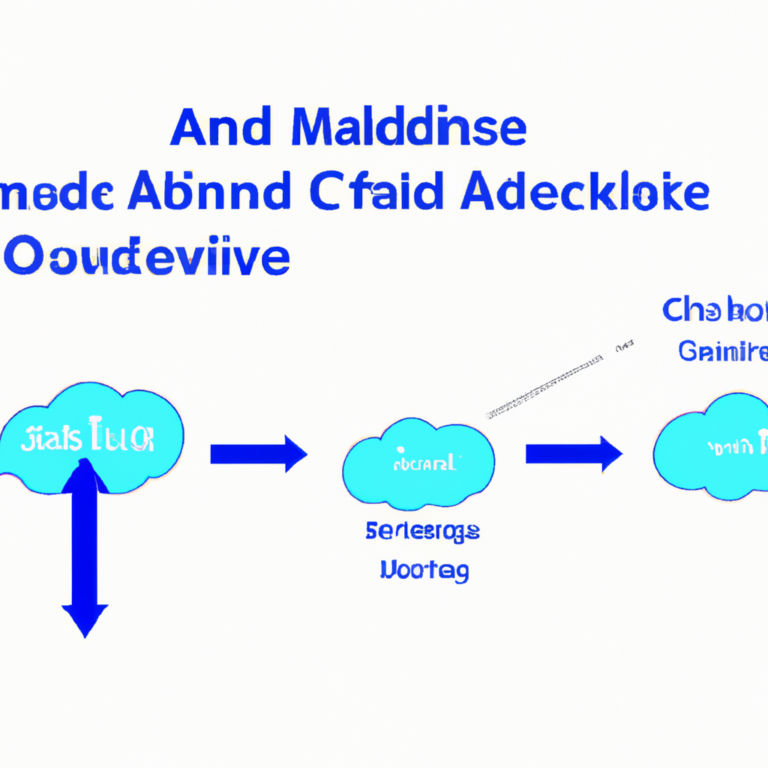Understanding Overbought and Oversold Conditions
When analyzing the stock market, one of the key concepts that traders and investors often focus on is overbought and oversold conditions. These conditions can provide valuable insights into the potential direction of a stock or market, helping traders make more informed decisions. In this article, we will delve into what overbought and oversold conditions are, how to identify them, and how to use them in your trading strategy.
What are Overbought and Oversold Conditions?
Overbought and oversold conditions refer to the levels at which a stock or market has moved significantly in one direction, leading to a potential reversal in the opposite direction. When a stock is overbought, it means that the price has risen too far, too fast, and is due for a pullback. Conversely, when a stock is oversold, it means that the price has fallen too far, too fast, and is likely to bounce back.
Identifying Overbought and Oversold Conditions
There are several technical indicators that traders use to identify overbought and oversold conditions. One of the most popular indicators is the Relative Strength Index (RSI), which measures the speed and change of price movements. An RSI reading above 70 is considered overbought, while a reading below 30 is considered oversold.
Another common indicator is the Stochastic Oscillator, which compares a stock’s closing price to its price range over a certain period of time. A reading above 80 is considered overbought, while a reading below 20 is considered oversold.
Using Overbought and Oversold Conditions in Trading
Traders can use overbought and oversold conditions to identify potential entry and exit points in their trading strategy. When a stock is overbought, it may be a signal to sell or short the stock, as the price is likely to pull back. Conversely, when a stock is oversold, it may be a signal to buy or go long, as the price is likely to bounce back.
It is important to note that overbought and oversold conditions should not be used in isolation, but rather in conjunction with other technical indicators and analysis. It is also important to consider the overall trend of the stock or market, as overbought and oversold conditions can sometimes persist for longer than expected.
Conclusion
Overbought and oversold conditions are valuable tools for traders and investors to identify potential reversal points in the market. By understanding how to identify and use these conditions in their trading strategy, traders can make more informed decisions and improve their overall trading performance.










